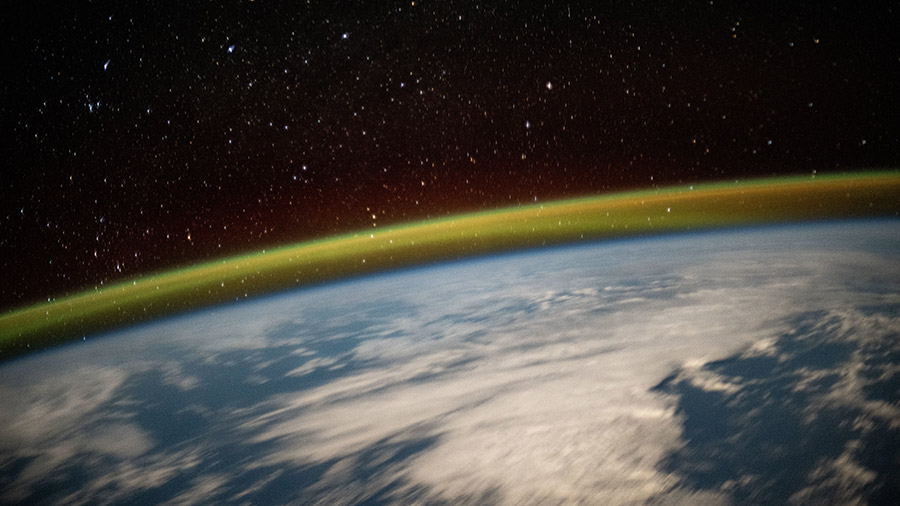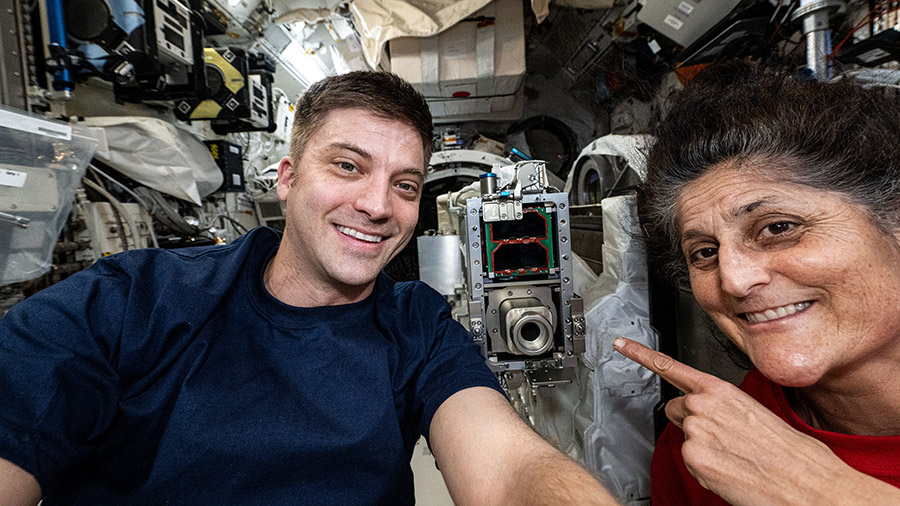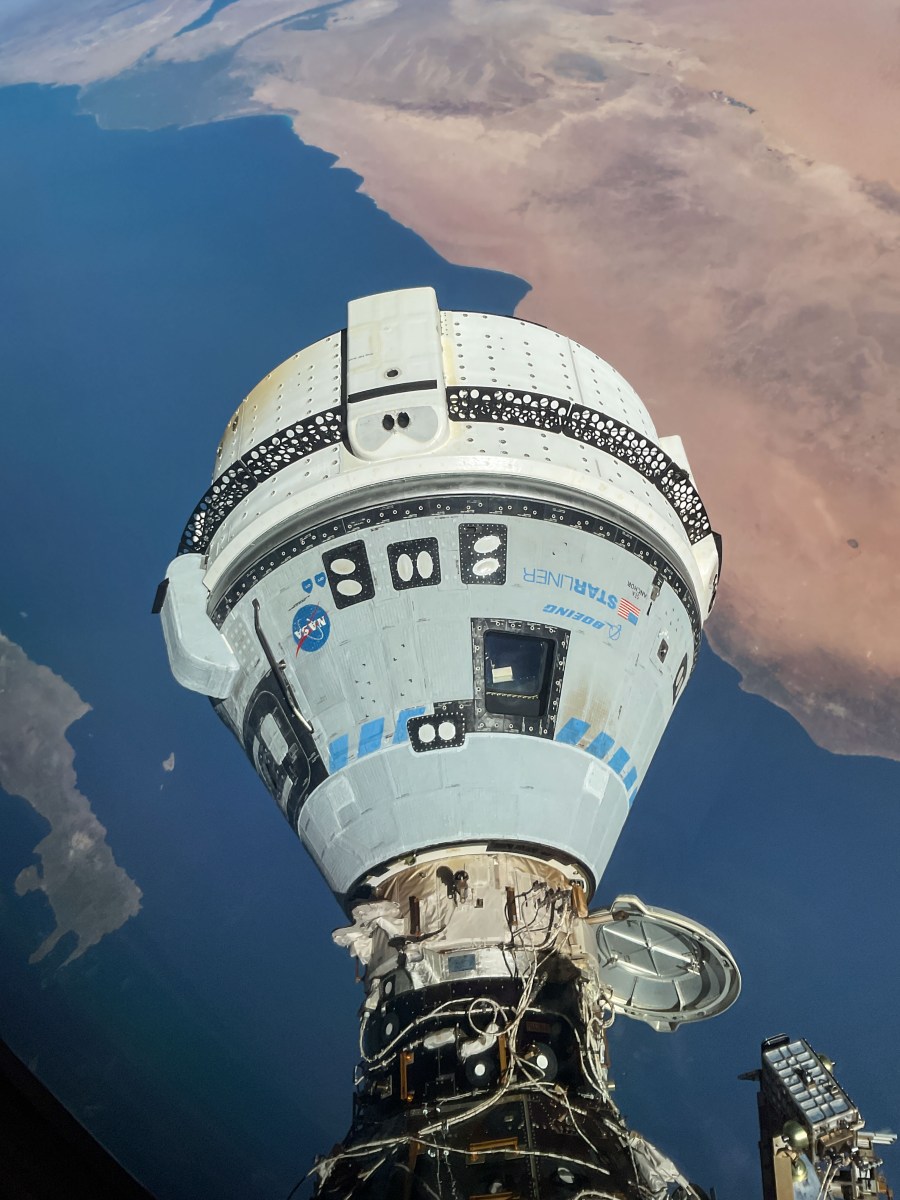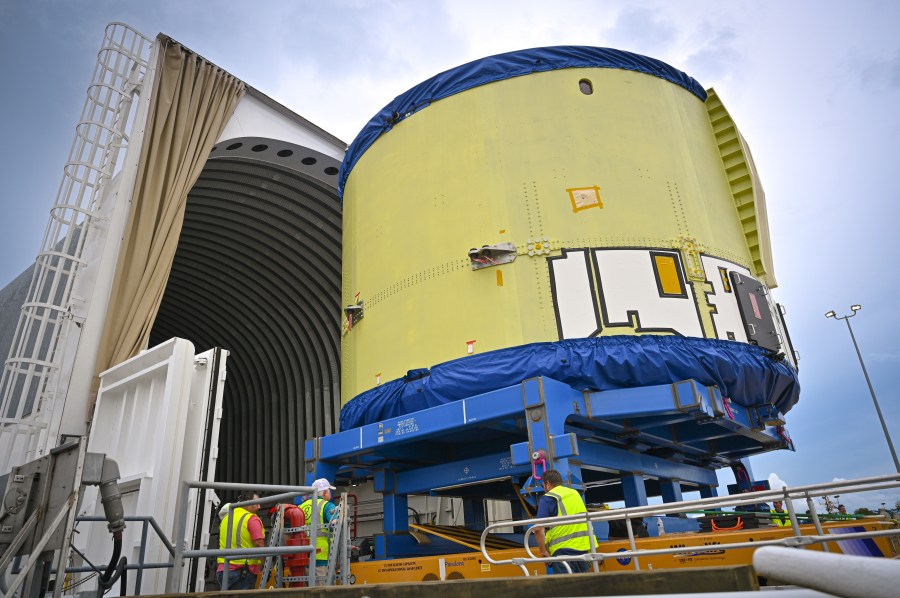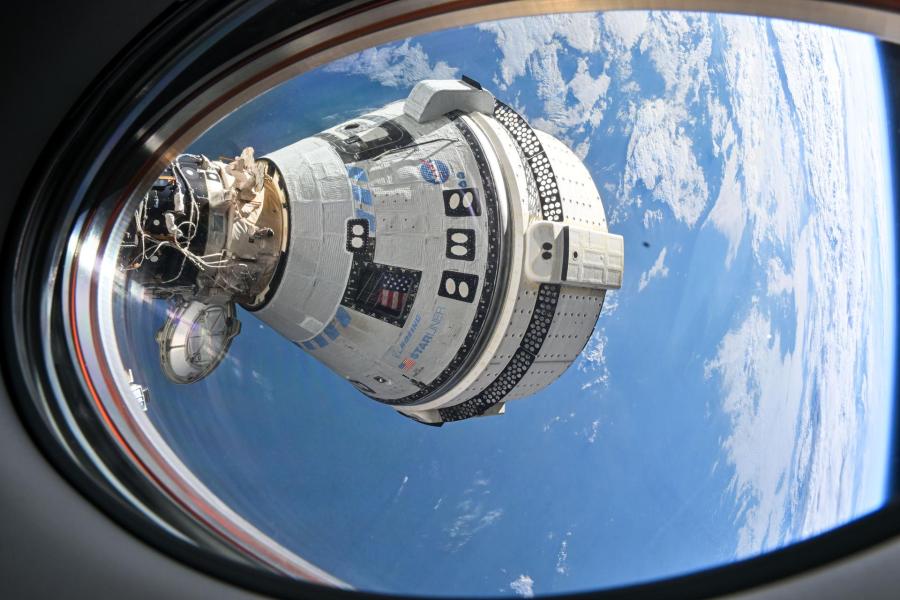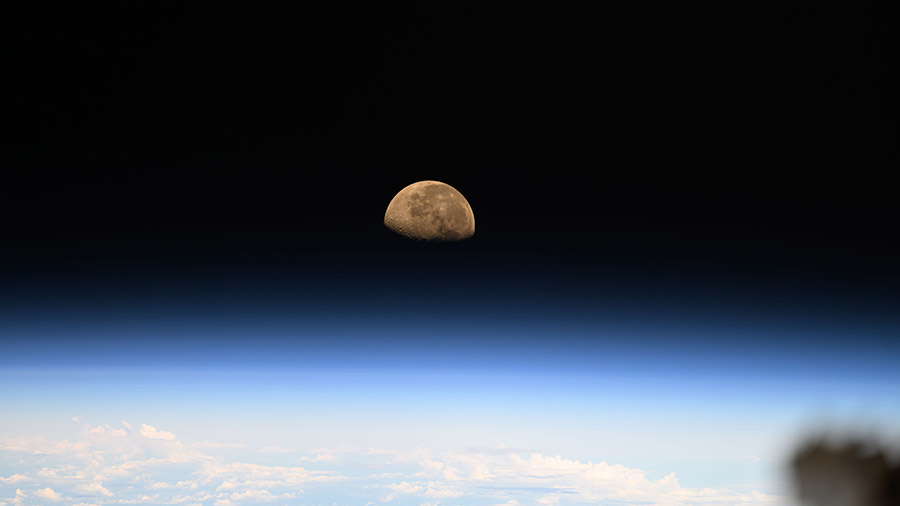On Wednesday, the crew aboard the International Space Station continued researching ways to protect the human body from the effects of spaceflight and packed a pair of spaceships for return to Earth. One common symptom of living in space is called “puffy face” and is the result of body fluids moving toward a crew member’s …
Crew Studies Space Effects on Humans, Prepares Spaceships for Departure
